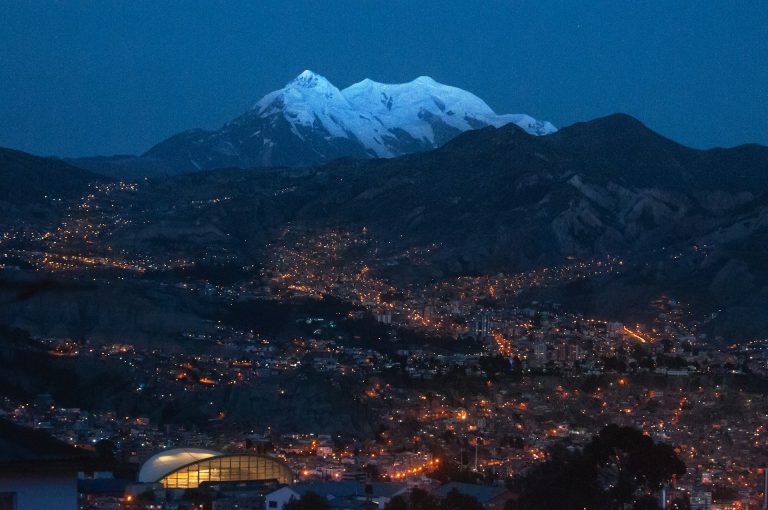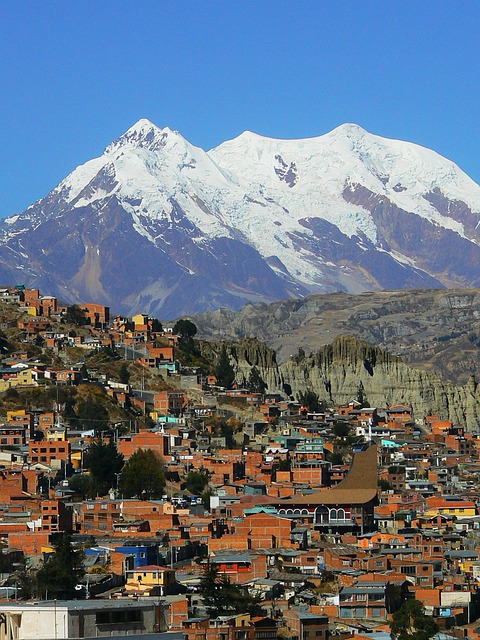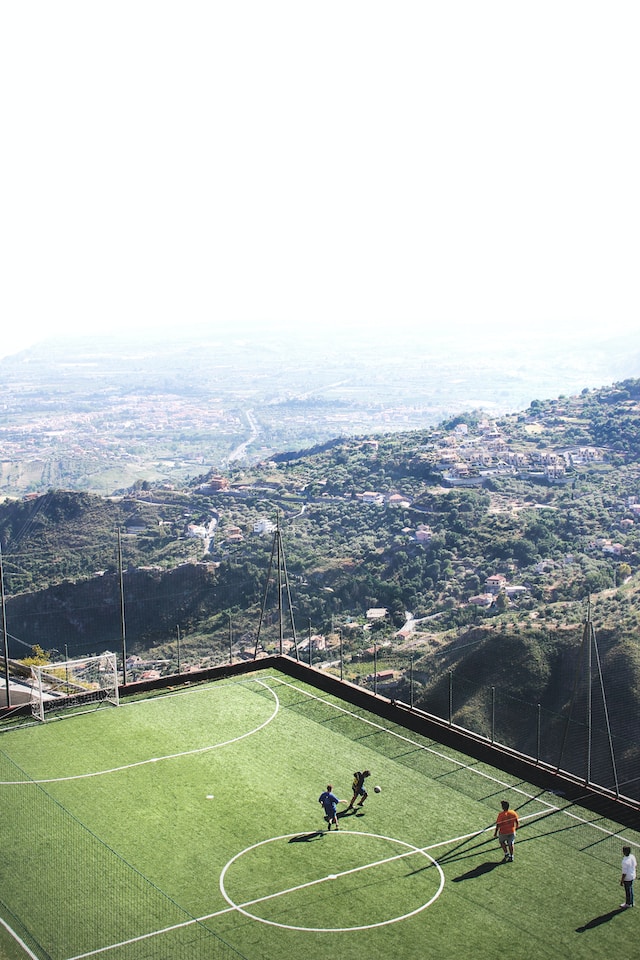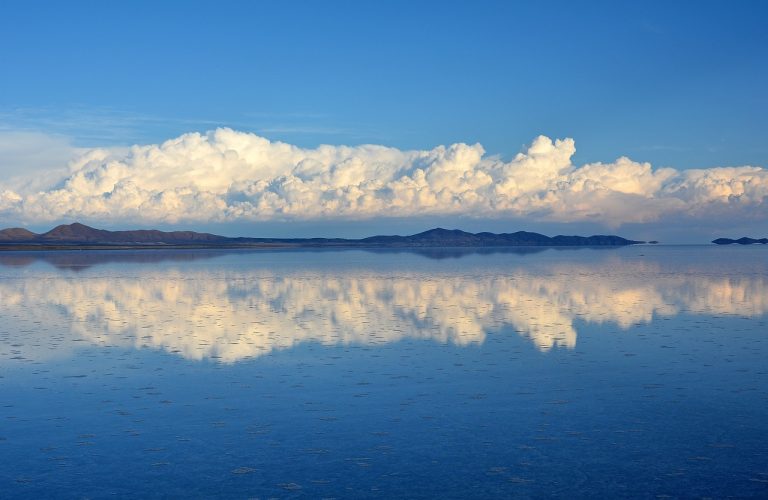Peace
La Paz, the administrative capital of Bolivia, is famous for its altitude and impressive mountain landscape. The La Paz cable car offers panoramic views of the city and is a must-do experience for visitors. In addition, the Witches’ Market is a unique place where you can find traditional medicine objects and crafts.
Sucre
Known as the “White City” for its white colonial buildings, Sucre is the constitutional capital of Bolivia. The House of Liberty, where Bolivia’s declaration of independence was signed, is an important historical site. The city is also ideal for walking through its cobbled streets and enjoying its colonial architecture.
Potosi
Famous for its rich mining history, Potosí is home to the Cerro Rico silver mine. Mine tours offer insight into the hard lives of miners and Bolivia’s economic history. Additionally, the Casa de la Moneda is a fascinating museum that shows the city’s colonial past.
Uyuni Salt Flats
The Salar de Uyuni is the largest salt desert in the world and one of the most iconic tourist destinations in Bolivia. During the rainy season, the salt flat becomes a gigantic mirror that reflects the sky. 4×4 tours are the best way to explore this surreal landscape.
Tiwanaku Ruins
Located near Lake Titicaca, the Tiwanaku ruins are one of the most important archaeological sites in South America. This ancient ceremonial center offers a glimpse into the development of the Tiwanaku civilization, prior to the Incas. The Puerta del Sol and the Kalasasaya Temple are some of the most notable monuments.
Travel Guides and Itineraries
7 Days Itinerary in Bolivia
- Day 1-2: La Paz – Explore the city, cable car and Witches Market.
- Day 3: Death Road Excursion – A cycling adventure along one of the most dangerous roads in the world.
- Day 4: Tiwanaku – Visit the ruins and learn about the pre-Columbian civilization.
- Day 5: Travel to Uyuni – Take a flight or overnight bus.
- Day 6: Salar de Uyuni – Full day tour in the salt desert.
- Day 7: Sucre – Walk through the city and visit the House of Liberty.
Tips for Traveling in Bolivia
- Altitude: La Paz and Potosí are at high altitude. It is advisable to acclimatize and drink coca tea to avoid altitude sickness.
- Transportation: The bus system is the most economical way to travel between cities. For long distances, internal flights are fast and convenient.
- Safety: Bolivia is generally safe for tourists, but it is always wise to keep an eye on your belongings and avoid displaying valuables in public.
Unique Experiences in Bolivia
Ride Death Road
One of the most exciting experiences in Bolivia is riding a bicycle along the famous Death Road. This tour offers stunning scenery and an adrenaline rush, but it is essential to do it with experienced guides to ensure safety.
Visit Indigenous Markets
Indigenous markets, such as the one in Tarabuco near Sucre, offer a rich cultural experience. Here you can find traditional textiles, ceramics and other unique handcrafted products. It is an opportunity to interact with local vendors and learn about their traditions.
Explore Colonial Architecture
Cities like Sucre and Potosí are full of well-preserved colonial buildings. A walk through its streets is like traveling back in time. The Cathedral of Sucre and the Casa de la Moneda in Potosí are magnificent examples of colonial architecture.
Bolivia is a country with impressive diversity and a rich cultural heritage. From its unique natural landscapes to its cities full of history, it offers unforgettable experiences for any traveler.







